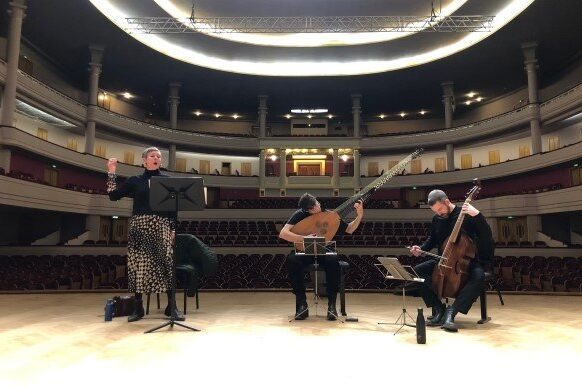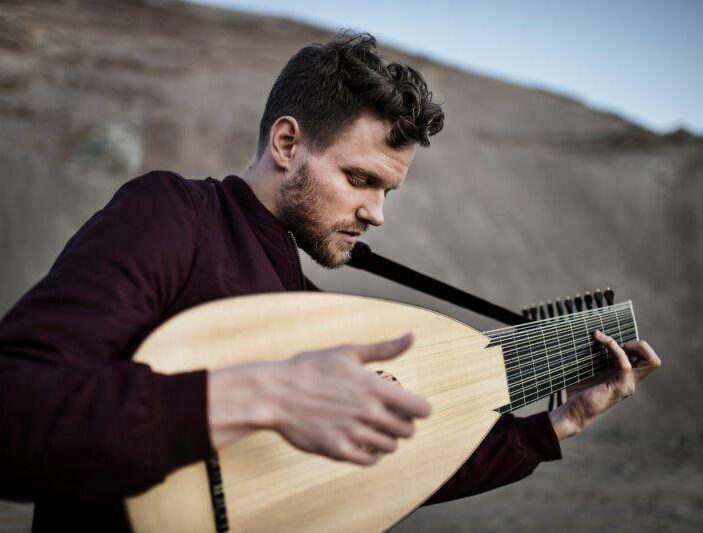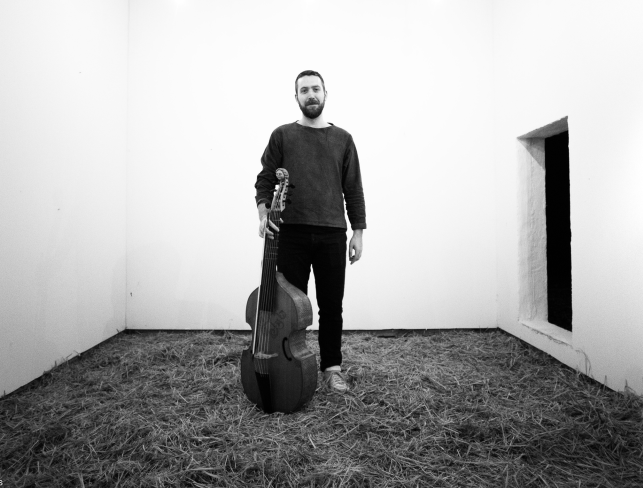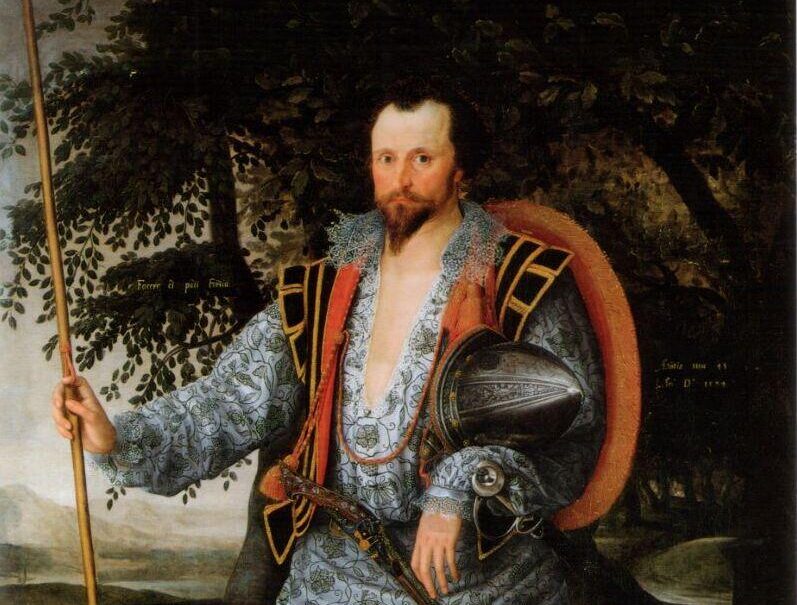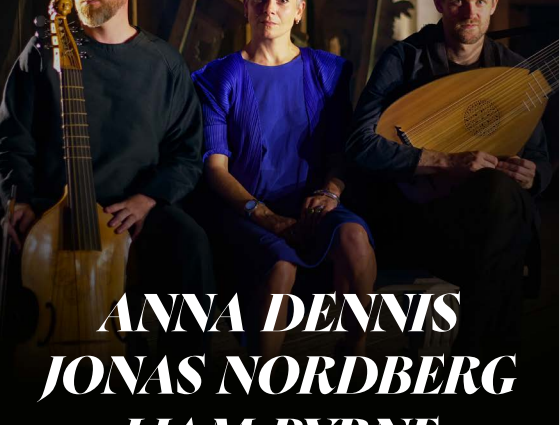Whence the origins of instrumentally accompanied solo song, from which the whole world of present-day popular music can, by whatever meandering route, trace its descent? To be sure, busy instrumentalists are to be observed in the pictorial evidence of antiquity and the medieval period, but the extent to which they served to accompany human voices remains unknowable. Not until around the comparatively recent year of 1600, when the music of this concert began to be composed and arranged, does the accompanying role of instruments begin to take shape in the historical record.
In England, two unexpected outcomes of Tudor religious reform were that young choristers formerly employed in the singing of numerous daily church services were instead instructed in viol playing, and marshalled into troupes of boy actors. The incidental music for the dramas thus staged quickly took the form of what are now known as consort songs, in which four instruments accompany the unchanged voice of a boy soloist. Beyond their dramatic function, such songs were set to poetry of many kinds, and in households where the budget did not stretch to a quartet of viols their accompaniments were instead sung, or condensed for lighter instrumentation. In the latter manner we hear the consort song ‘O death, rock me asleep’, with words that—although now popularly attributed to Anne Boleyn on the eve of her execution on 19 May 1536—remain just as anonymous as the music to which they are set.
While from 1600 viol ensembles gained popularity as a medium of domestic music-making, as dramatic instruments they soon gave way to the lute, a much more convenient solo instrument on which a skilled singing actor could serve as his own accompanist. Owing to the lute’s capacity for playing arrangements as well as original compositions, and to the intermittent availability of extended vocal and instrumental resources, the English stage songs of the period typically have such knotty version histories that a definitive arrangement or instrumentation may not be said to exist. A case in point is the song ‘Have you seen but a bright lily grow’, which accompanies an extra-marital seduction in Act II of Ben Jonson’s 1616 comedy The Divell is an Asse. The music, believed to be the work of Shakespeare’s theatre lutenist Robert Johnson, survives in two versions with bass-only accompaniment for viol (one plain, the other decorated) and a third with a fully chordal lute part.
Similarly, it seems that John Dowland, when sharing one of his hundred or so lute solos, never jotted it down the same way twice. No picking or choosing is necessary with the ‘Fancy’ numbered 5 in Diana Poulton’s modern catalogue, for this item survives only in a single manuscript. In contrast, the Lachrimae Pavan exists in probably more versions, arrangements, variations and tribute compositions than any other work from the period, one being Dowland’s own song adaptation ‘Flow, my tears’. It was with a warning about ‘false and unperfect’ copies that—fortunately for posterity—he published the (presumably original) solo lute version in 1596.
Although in 1612 Dowland was to publish a song bearing the dedication ‘to my loving Country-man Mr. John Forster the younger, Merchant of Dublin in Ireland’, there exists not a shred of evidence to substantiate the claim of the maverick Irish music historian William H. Grattan-Flood that the composer was born at Dalkey, Co. Dublin. In fact the earliest known details of his biography concern four years spent at Paris, around the age of twenty, in the service of England’s ambassador to the French court Sir Henry Cobham. Whatever rancour it may have caused him, Dowland’s failure in 1594 to secure a position as lutenist to Queen Elizabeth I was to lead to his becoming England’s most highly reputed musician in Europe. By invitation, he took up appointments at the Saxon and royal Danish courts, and his compositions circulated widely in continental prints and manuscripts.
On returning to England in 1606, Dowland joined a circle of musicians that encompassed all the contemporaneous composers represented in this programme. From 1612, in possession at last of his long hoped-for court preferment, he served with Robert Johnson and the English-born Alfonso Ferrabosco among King James I’s private lutenists. Ferrabosco went on to collaborate with the Huguenot descendent Nicholas Lanier on music for the Masque of Augurs (1622), and was later to marry into the Lanier family. Following the accession of Charles I in 1625, Lanier (wearing his alternative hat of art-dealer to the new king) sojourned at Venice, and very likely made Monteverdi’s acquaintance there (if, indeed, he had not already done so on a prior visit in 1610). And in 1648, John Jenkins composed an elegy for Henry Lawes’s brother William, who had died fighting for King Charles, and who as a young man had transcribed compositions by Ferrabosco and written variations on them.


